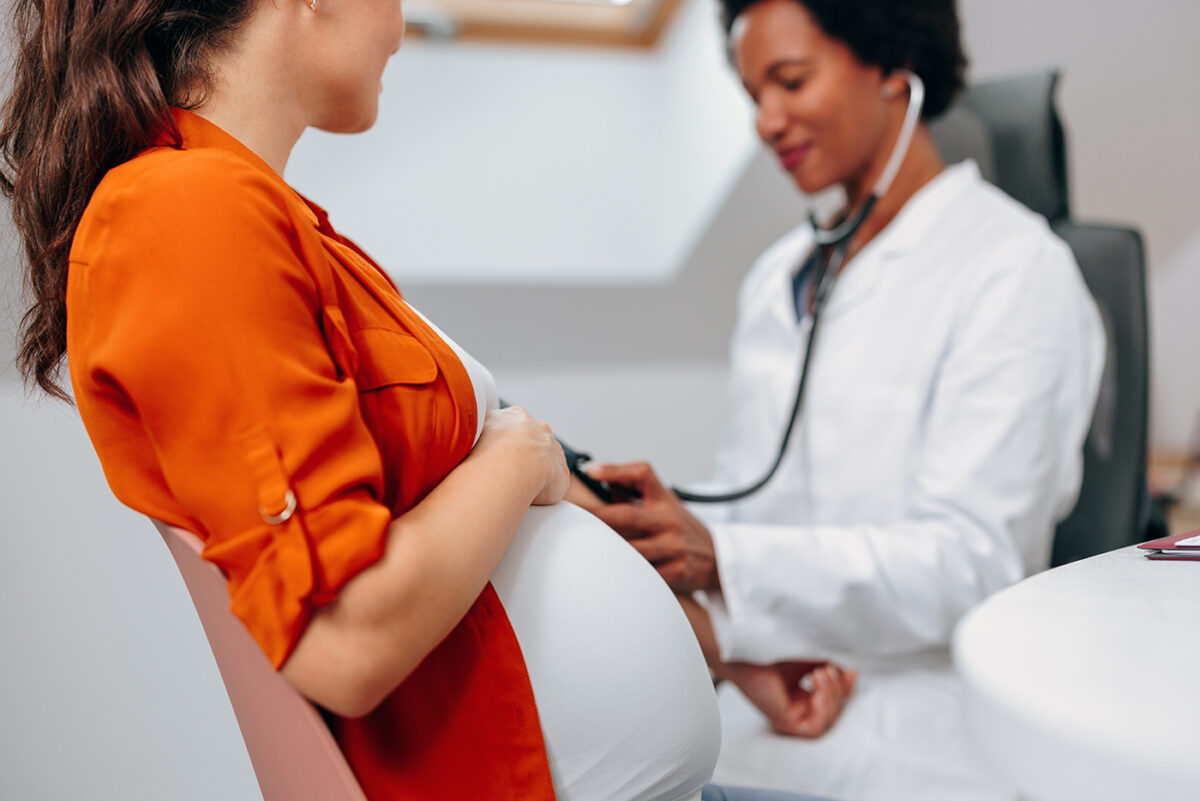Author
Jennifer Wessel, JD, MPH
Senior Policy Analyst and Data Privacy Officer
Contact
ACHI Communications
501-526-2244
jlyon@achi.net
Addressing Arkansas’s maternal health crisis requires having information about the risks Arkansas mothers are experiencing on each step of the birthing journey. This infographic focuses on the first step of that journey — pre-pregnancy preparation — by assessing birth-spacing patterns among mothers in Northwest Arkansas.
ACHI analyzed birth records to assess birth spacing patterns among mothers who conceived more than one pregnancy.
Our birth-spacing analysis found:
- Among mothers who had a first birth between 2016 and 2018 and second birth resulting in a live birth within 36 months, 53% of those 35 and older, 33% of 30-to-34-year-olds, 38% of 25-to-29-year-olds, 48% of 20-to-24-year-olds, and 54% of those 19 or younger conceived the second pregnancy within 18 months of their first pregnancy. The recommended spacing between giving birth and conceiving another pregnancy is at least 18 months.
- Among all of those mothers, 43% conceived a second pregnancy within 18 months of their first pregnancy.
The data source for this analysis was Arkansas Department of Health birth records for in-state births. For purposes of the analysis, Northwest Arkansas is defined as Benton, Carroll, Madison, and Washington Counties.
See also our infographics depicting birth spacing among all Arkansas moms, teen births and teen birth spacing in Arkansas, and teen births and teen birth spacing in Northwest Arkansas.
Find more information about maternal and infant heath in Arkansas on our topic page.
References
1 March of Dimes. How long should you wait before getting pregnant again? Accessed May 23, 2024. https://www.marchofdimes.org/find-support/topics/planning-baby/how-long-should-you-wait-getting-pregnant-again
2 Hutcheon, J. A., Nelson, H. D., Stidd, R., Moskosky, S., & Ahrens, K. A. (2019). Short interpregnancy intervals and adverse maternal outcomes in high-resource settings: An updated systematic review. Pediatric and Perinatal Epidemiology, 33(1), O48─O59. https://doi.org/10.1111/ppe.12518
3 Blumenfeld, Y. J., Baer, R. J., Druzin, M. L., El-Sayed, Y. Y., Lyell, D. J., Faucett, A. M., Shaw, G. M., Currier, R. J., & Jelliffe-Pawlowski, L. L. (2014). Association between maternal characteristics, abnormal serum aneuploidy analytes, and placental abruption. American Journal of Obstetrics and Gynecology, 211(2), 144.e1─144.e9. https://doi.org/10.1016/j.ajog.2014.03.027
4 Rohde, R. L., Luong, L., Adjei Boakye, E., & Chang, J. J. (2020). Effect of interpregnancy interval after a first pregnancy complicated by placental abruption, on adverse maternal and fetal outcomes in a second pregnancy. The Journal of Maternal-Fetal & Neonatal Medicine, 33(22), 3809─3815. https://doi.org/10.1080/14767058.2019.1586878
5 Weiss, A., Sela, H. Y., Rotem, R., Grisaru-Granovsky, S., & Rottenstreich, M. (2021). Recurrent short interpregnancy interval: Maternal and neonatal outcomes. European Journal of Obstetrics & Gynecology and Reproductive Biology, 264, 299─305. https://doi.org/10.1016/j.ejogrb.2021.07.040
6 Gunawardana, L., Smith, G. D., Zammit, S., Whitley, E., Gunnell, D., Lewis, S., & Rasmussen, F. (2021). Pre-conception inter-pregnancy interval and risk of schizophrenia. The British Journal of Psychiatry, 199(4), 338─339. doi: 10.1192/bjp.bp.111.092916
7 Chen, I., Jhangri G. S., & Chandra, S. (2014). Relationship between interpregnancy interval and congenital anomalies. American Journal of Obstetrics and Gynecology, 210(6), 564.e1─8. doi: 10.1016/j.ajog.2014.02.002







